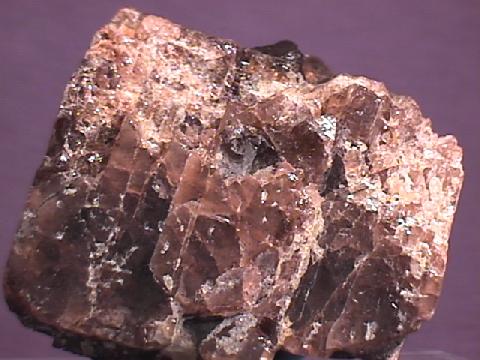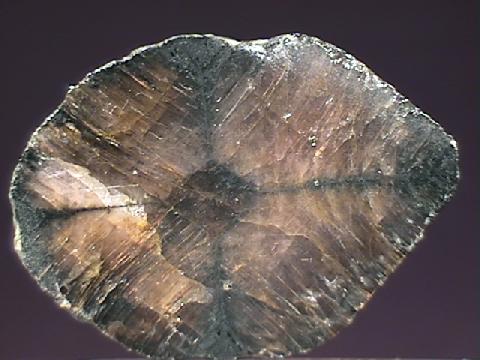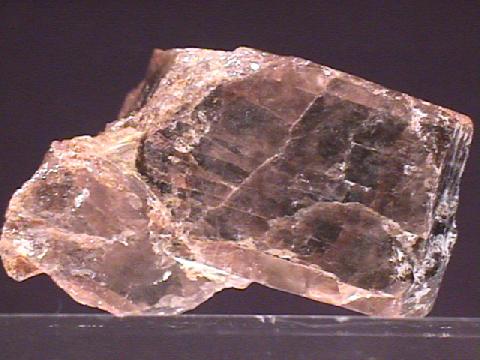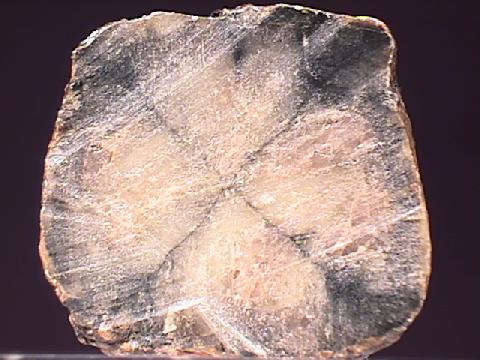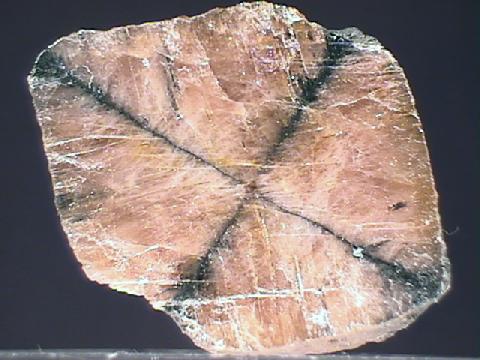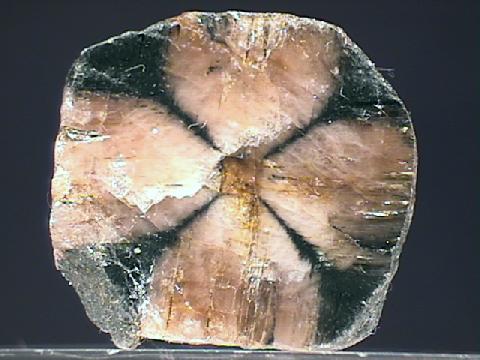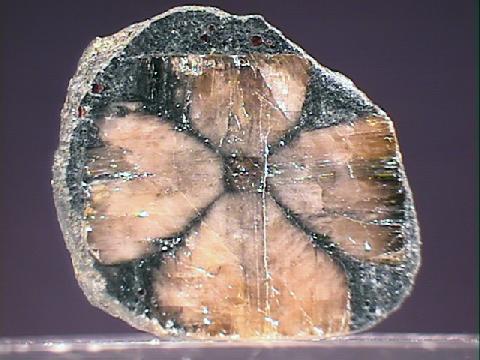 THE MINERAL ANDALUSITE
THE MINERAL ANDALUSITE
- Chemistry: Al2 SiO5, Aluminum Silicate
- Class: Silicates
- Subclass: Nesosilicates
- Uses: in the manufacture of spark plugs etc, as a gemstone and as mineral specimens.
Specimens
A unique variety of andalusite is called "chiastolite". It contains black or brown clay and/or carbonaceous material (often graphite) inclusions in the crystal. These inclusions are arranged in regular symmetrical shapes - especially prized when they are in the form of a cross or X.
PHYSICAL CHARACTERISTICS:
- Color is white, red, brown, orange and green.
- Luster is vitreous.
- Transparency crystals are transparent to translucent.
- Crystal System is Orthorhombic; 2/m2/m2/m
- Crystal Habits include prismatic crystals with a square cross section terminated by a pinacoid. also massive and granular.
- Cleavage is good in two directions.
- Fracture is splintery to subconchoidal.
- Hardness is 7.5
- Specific Gravity is approximately 3.15+ (above average)
- Streak is white.
- Associated Minerals are cordierite, biotite, feldspars, quartz, kyanite and sillimanite.
- Other Characteristics: dark inclusions produce cruciform shapes in the variety chiastolite. Index of refraction is 1.632-1.638.
- Notable Occurrences include Andalusia, Spain; Austria; California, USA and China.
- Best Field Indicators are crystal habit, color, inclusions (if present) and hardness.

